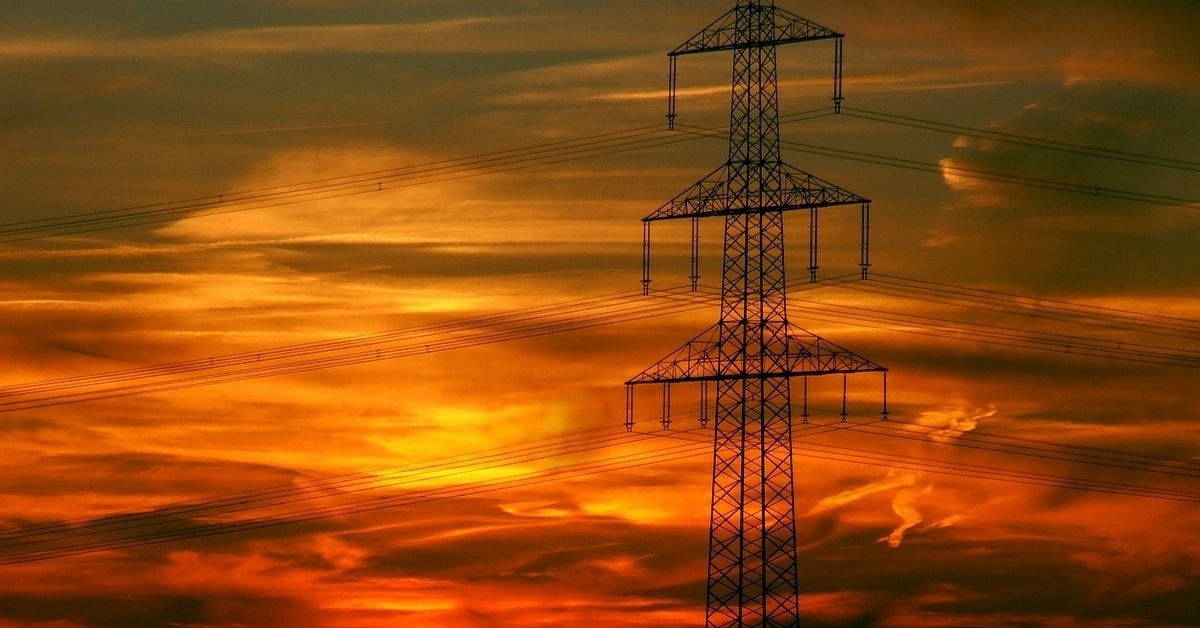Our 2025 Sustainability Report is here! Dive in.
Strengthening the Grid with Energy Efficiency, Demand Response and Distributed Energy Resources
June 1, 2021 •Franklin Energy

This article originally posted on Energy Central. Click here to read the Energy Central article.
The February blackouts in Texas are a distant memory for some, but the consequences from a near-complete collapse of the ERCOT market are still be felt by Texans far and wide. At least 111 people lost their lives. Damages from the blackouts total at least $130 billion. And for millions of Americans, it was a wakeup call that our national patchwork power grid is in serious need of upgrades. There were many contributing factors to the blackouts. Most notably – more than 50% of Texas’ fossil fuel infrastructure was forced offline due to an intense cold spell throughout the state. Those were power plants ERCOT was counting on to be online. Without them, Texans were left in the dark. And while some were quick to blame the energy emergency on wind turbines that make the state famous for wind energy, the reality is nearly every form of energy supply was impacted by the widespread cold and ice, least of which was wind energy.
There were many contributing factors to the blackouts. Most notably – more than 50% of Texas’ fossil fuel infrastructure was forced offline due to an intense cold spell throughout the state. Those were power plants ERCOT was counting on to be online. Without them, Texans were left in the dark. And while some were quick to blame the energy emergency on wind turbines that make the state famous for wind energy, the reality is nearly every form of energy supply was impacted by the widespread cold and ice, least of which was wind energy.
Now, utilities and the government are looking at what happened in Texas and trying to ensure it never happens again.
We must recognize that a key solution to creating grid resiliency is energy efficiency coupled with modern demand response. We know the most valuable kilowatt of energy is that which is never used in the first place, especially in high-demand situations. But we also know when we can seamlessly adjust energy usage when demand is at its highest, that’s game-changing capability.  Programs that incentivize consumers and businesses to weatherize their properties and purchase smart thermostats and energy efficient appliances are a critical piece to this. These types of programs must continue to be deployed at mass scale if we want to create the consumer-driven demand response systems that we need throughout the U.S. Smart home systems are opening the doors to more utilities creating robust, demand response programs. It’s crucial that utilities, businesses, and residential consumers all walk through that door.
Programs that incentivize consumers and businesses to weatherize their properties and purchase smart thermostats and energy efficient appliances are a critical piece to this. These types of programs must continue to be deployed at mass scale if we want to create the consumer-driven demand response systems that we need throughout the U.S. Smart home systems are opening the doors to more utilities creating robust, demand response programs. It’s crucial that utilities, businesses, and residential consumers all walk through that door.
The truth is the entire country’s future grid resiliency and reliability is dependent on growing these types of programs. Some estimates show that consumer demand response programs can reduce peak demand by 20% by 2030.
Imagine if Texas had 20% more load available this past February because of demand response coupled with energy efficiency. How many lives might have been saved? How much damage would have been avoided?
Franklin Energy’s recent partnership with California’s Glendale Water and Power shows that there is a way forward to deploy energy efficiency and demand response as a crucial tool to strengthen grid reliability and helping transition to 100% renewable energy resources. The demand response program we’re helping implement for Glendale Water and Power, an urban municipal utility that serves over 120,000 customers, will deliver up to 10MW of controllable demand by 2024. That’s 10MW through more efficient use of existing generation – without adding any new capacity. Think about what we can do across the country if we deploy more programs like this, making our energy go further and energy usage more efficient.
The demand response program we’re helping implement for Glendale Water and Power, an urban municipal utility that serves over 120,000 customers, will deliver up to 10MW of controllable demand by 2024. That’s 10MW through more efficient use of existing generation – without adding any new capacity. Think about what we can do across the country if we deploy more programs like this, making our energy go further and energy usage more efficient.
Partnerships such as Franklin Energy’s with Glendale Power and Water are taking root across states such as California, Missouri, Colorado, and more. Leveraging energy efficiency and demand response will help avoid catastrophes, limit the impacts of natural disasters and prevent the loss of life and economic disruption like we saw in Texas, all while strengthening our environment and local economies.
We must get this right. Wasting time is no longer an option.

